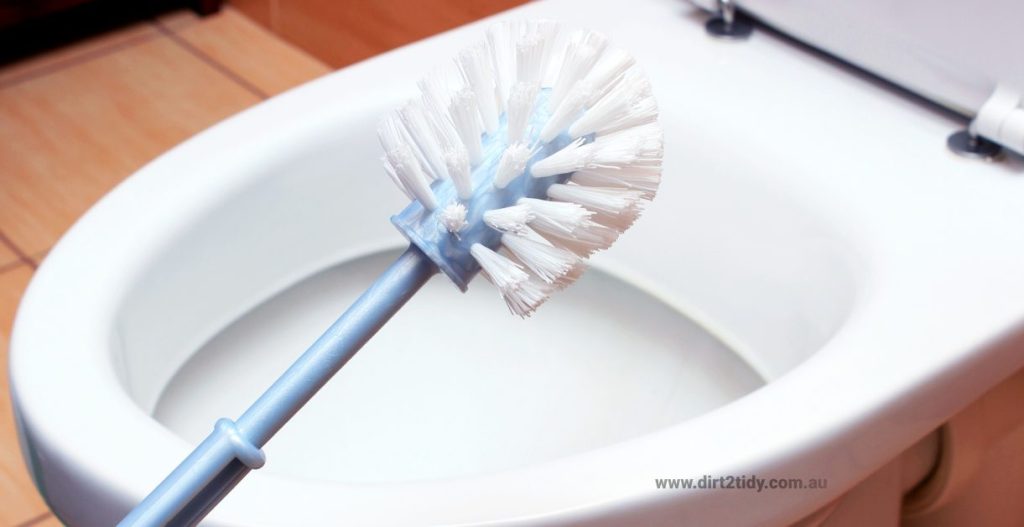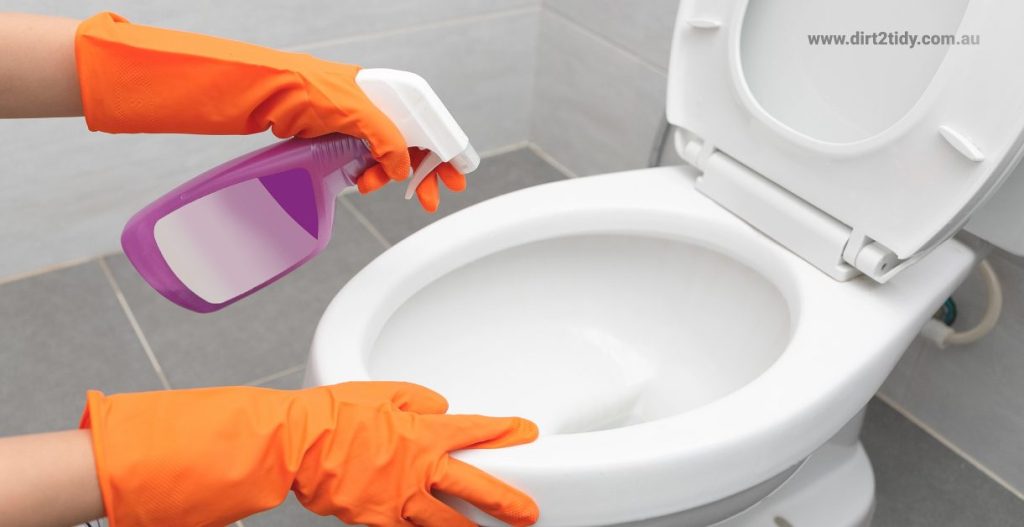Table of Contents
Hydrogen Peroxide is the chemical name for hair bleach. Sodium hypochlorite is the chemical formula for household bleach. They are not even close and can’t be used to remove stubborn stains on the bowl rim.
Hair bleach will sterilize your toilet by killing any living things in it, but it will not clean it. If your toilet stinks, this will help to clean and disinfect. Bacteria generate the odor, and although peroxide kills bacteria, so does home bleach, and household bleach eliminates stains.

Usage of Hair Bleach for Other Purposes
For small wounds and abrasions, you may obtain a peroxide solution at any drugstore. When you swab it on, it tickles and foams. The foaming is caused by bacteria that are being oxidized. Killed, exterminated Much of what has been slaughtered and destroyed is also your flesh. That, too, is eliminated. Your skin. Dead.
Hair bleach is two to three times more potent than medical bleach. Take care with that things. It dissolves skin whether or not it has an ow-ie. That is why you get an Industrial Strength case of dandruff after having your hair bleached. Peroxide destroyed all of your scalp skin. The bad news is that by the time your scalp has healed, it’s time for a bleach touch-up.
Can Hair bleach used for scrubbing the toilet stains?
H2O2 is peroxide chemically. Hydrogen and oxygen in equal proportions. Doesn’t two parts hydrogen and two parts oxygen sound flammable? It is true that pure peroxide is rocket fuel. Seriously. This is rocket fuel. True story! What you can obtain is severely watered down.
Something to think about. Peroxide is found in cleaning agents such as Domex and other products. It removes any organic dirt, such as blood stains.
Household bleach, such as Clorox, is less risky to use, although it does erase stains. You may also use white vinegar with a toilet brush to remove those stubborn stains. It destroys almost everything, and the fumes may kill you. Don’t inhale those noxious gases. You wouldn’t, since they suffocate you.
Now comes a serious threat. A significant risk! Do you have ammonia in your home? Keep it away from bleach in the home. A long distance away. Have you heard of mustard gas, which was used in WWI? Combine bleach and ammonia to get something similar.
Chloramine was used in warfare in the same way as mustard gas was. You don’t want that dangerous material in your bathroom. It is even flammable at high quantities.

A Step-By-Step Guide to Toilet Disinfection:
While you wait for the toilet bowl cleaner to disinfect fully, you may begin cleaning the remainder of the toilet. Use a disinfectant designed for bathrooms. Lysol’s Power Bathroom Cleaner since it specifies how long you should leave the area wet to kill common viruses and bacteria: ten minutes
Begin with the outside of your toilet. You may work your way up from the bottom to the lid. We recommend thoroughly spraying below your toilet as well as the edges of the commode. Spray the little space between the toilet seat and the tank, then make your way up the tank and on top of it.
Then, starting with the outside, spritz down both sides of the lid, since you’ll need to keep the top open to reapply spray if required. After that, thoroughly spray both sides of the toilet seat and replace it on top of the bowl.
While you wait for the disinfectant to dry, work on challenging locations believed to harbor more germs. According to the NSF International study, the toilet’s flush handle might be dirtier than the actual seat itself.
You may spritz it specifically and make sure it’s moist for at least five minutes before letting it dry naturally. Alternatively, especially between cleaning sessions, aggressively massage the handle down with a disinfectant wipe before leaving it to air dry.
After 10 minutes, use a clean sponge or clean paper towels and wipe away any dampness, making sure that every surface is dry.
For those wondering whether paper towels or microfiber cloths are effective for cleaning toilets, rest assured that both are excellent choices. Paper towels offer the convenience of disposal after use, ensuring hygiene and ease. Microfiber cloths, on the other hand, are known for their superior absorbency and ability to trap dirt and bacteria, making them a reusable and environmentally friendly option.
Both tools have their strengths:
- Paper towels are perfect for quick clean-ups and preventing cross-contamination.
- Microfiber cloths provide a thorough clean and can be washed and reused multiple times.
Incorporating either into your cleaning routine will help maintain a pristine and sanitary bathroom environment.

How to Effectively Clean Dust and Hair Off a Damp Toilet
Cleaning the exterior of a toilet can be challenging, especially when dealing with condensation that makes dust and hair stick. Here’s a step-by-step guide to make the task easier and more effective:
Tools You’ll Need:
- Microfiber or similar cloths
- Spray bottle filled with water
- Paper towels
- Furniture polish
- Rubbing alcohol
- Window cleaner
Step-by-Step Cleaning Process:
- Pre-Spray the Surface: Start by using a spray bottle to lightly mist the toilet’s exterior. This helps to rinse off loose hair and dust, guiding them towards the floor. Once on the floor, they can be easily wiped away with a paper towel.
- Initial Wipe with Microfiber Cloth: Use a microfiber cloth or a similar type to lift off remaining dust and fibers. These cloths are designed to trap particles without pushing them around, making them ideal for damp surfaces.
- Apply Furniture Polish: Spray a small amount of furniture polish onto the microfiber cloth and gently wipe the toilet’s surface. This can help in making the surface less sticky, preventing hair and dust from clinging again.
- Disinfect with Alcohol: Follow the polish with a light spray of rubbing alcohol. This not only disinfects but also removes any polish residue, leaving a streak-free shine.
- Final Touch with Window Cleaner: For a finishing touch, apply some window cleaner to the cloth and give the exterior a thorough wipe. This will ensure the surface remains clean and less prone to accumulating dust and hair.
By following these steps, you’ll find cleaning the outside of a toilet much less frustrating, turning a potentially difficult task into a manageable part of your cleaning routine.
How frequently should I clean the toilet?
Regular cleaning and disinfecting your toilet can help reduce the chance of coming into contact with potentially dangerous bacteria in your house, particularly if someone in your family is ill and cannot be isolated in their own quarters. But it’s crucial to remember that even after just one usage, the toilet’s surfaces might harbor bacteria and viruses.
We insist cleaning your toilet as frequently as possible, but a complete disinfection every two to three days if someone is sick in your home. Outside of flu season, once a week or biweekly if the toilet is used regularly should adequate.
While you don’t have to worry about it every time you cleanse or disinfect your toilet, schedule time to disinfect your cleaning products. If you leave a toilet scrubbing brush in a wet holder, it can grow mold on its own, We recommend cleaning it once you’ve completed washing the toilet bowl and surfaces.
Spray it completely with disinfectant spray and place it between your toilet seat and the bowl itself to air dry (allowing the scrubbing head to hang above the water in the bowl). You may ensure that your rubber-based or porous cleaning products are germ-free by soaking them in bleach-infused water and air-drying them afterwards.





